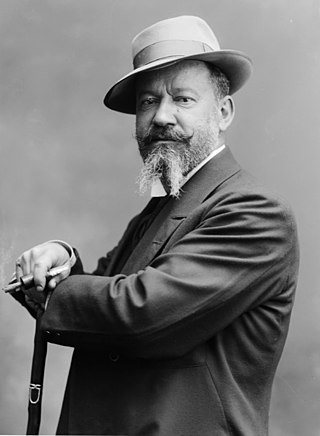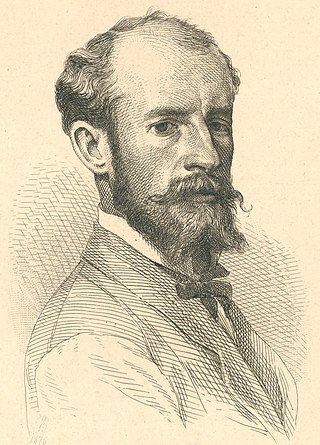Related Research Articles

Ettore Ximenes was an Italian sculptor.

Marino Marini was an Italian sculptor and educator.

Hiram Powers was an American neoclassical sculptor. He was one of the first 19th-century American artists to gain an international reputation, largely based on his famous marble sculpture The Greek Slave.

Larkin Goldsmith Mead, Jr. was an American sculptor who worked in a neoclassical style.

Jacques François Joseph Saly, also known as Jacques Saly, French-born sculptor who worked in France, Italy and Malta. He is commonly associated with his time in Denmark he served as Director of the Royal Danish Academy of Art (1754–71). His most noteworthy work is the equestrian statue Frederik V on Horseback at Amalienborg.

Thomas Ridgeway Gould was an American neoclassical sculptor active in Boston and Florence.

Giuseppe Ceracchi was an Italian sculptor, active in a Neoclassic style in Italy, England and the nascent United States, who was a passionate republican during the American and French revolutions. He is remembered for his portrait busts of prominent British and American individuals.

Raffaello Romanelli was an Italian sculptor, born in Florence, Italy.

Teodor Rygier was a Polish sculptor known especially for his Adam Mickiewicz Monument (1898) in Kraków, Poland. He was selected in the major competition by popular demand.

Alfonso Balzico was an Italian sculptor. He was born in Cava de' Tirreni, near Salerno in Italy and died in Rome.

Stanislao Lista was an Italian sculptor active in Naples.

Odoardo Tabacchi was an Italian sculptor.
Salvino Salvini was an Italian sculptor.
Mario Salvini was an Italian ceramist and sculptor.
Raffaele Patrone was an Italian sculptor.
Luigi Melchiorre was an Italian sculptor.

Giovanni Bernardino Pollinari was an Italian painter, mainly of historic and sacred canvases, as well as portraits.
Alfredo Soressi was an Italian painter, eclectic in subjects.
Eraclio Minozzi was an Italian painter, painting landscapes, genre, and portraits.
Francesco or Francis La Monaca was an Italian painter and sculptor.
References
- ↑ Dizionario degli Artisti Italiani Viventi: pittori, scultori, e Architetti., by Angelo de Gubernatis. Tipe dei Successori Le Monnier, 1889, page 525.